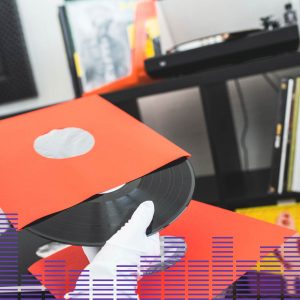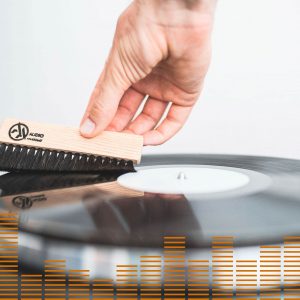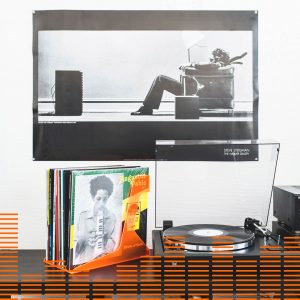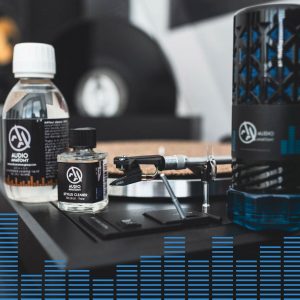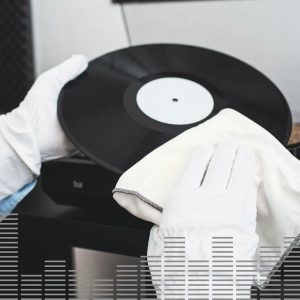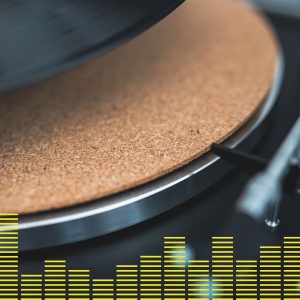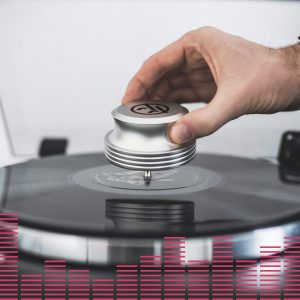The connoisseurs of vinyl records know how and why to cherish those moments where the tone flows from those flat discs with an inscribed spiral groove. But why vinyl records and how did the music industry get from gramophones to vinyl records, cassettes, CDs, MP3s, online streams, and back to vinyl records?
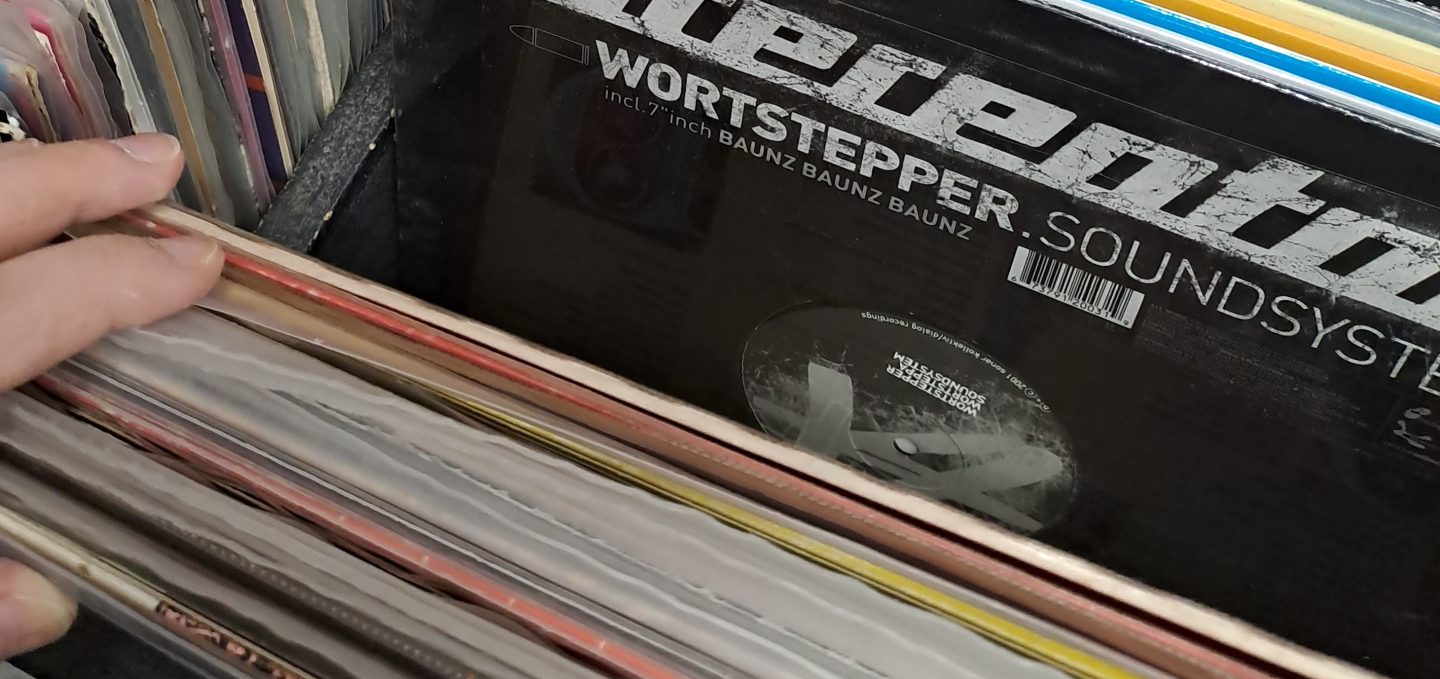
A glimpse into the history of the vinyl record.
The roaring road to vinyl records.
In 1894 the Gramophone Company sold single-sided 7-inch discs with a speed of around 70 rpm. Soon the music industry improved the development of phonograph records and adopted a new standard for the entire record industry. While at first discs were produced with shellac, in 1939, Columbia Records develop vinyl technology by using polyvinyl chloride and then in 1948 they introduced the 12” Long Play (LP) microgroove record. As the sound films rose the need for a greater storage space rose too. Thus, the 12” 33 1/3 rpm (revolutions per minute) LP became the most predominant format for albums, and the 7” record became the format of choice for singles. A brief history of the way toward vinyl records can be also found here.
Cassettes and CDs are in and the vinyl records are out.
The first cassette appeared in the early 60s and shook the waters in the vinyl industry, while during the ’70s the first CDs made their appearance. What made cassettes and CDs more popular than vinyl records? Their functionality was the key to their rise. They are portable and allow you to pause, fast forward, rewind, play or stop a song by just pushing a button. This led to a decline in vinyl records sales with audiophiles and collectors staying true to LPs.
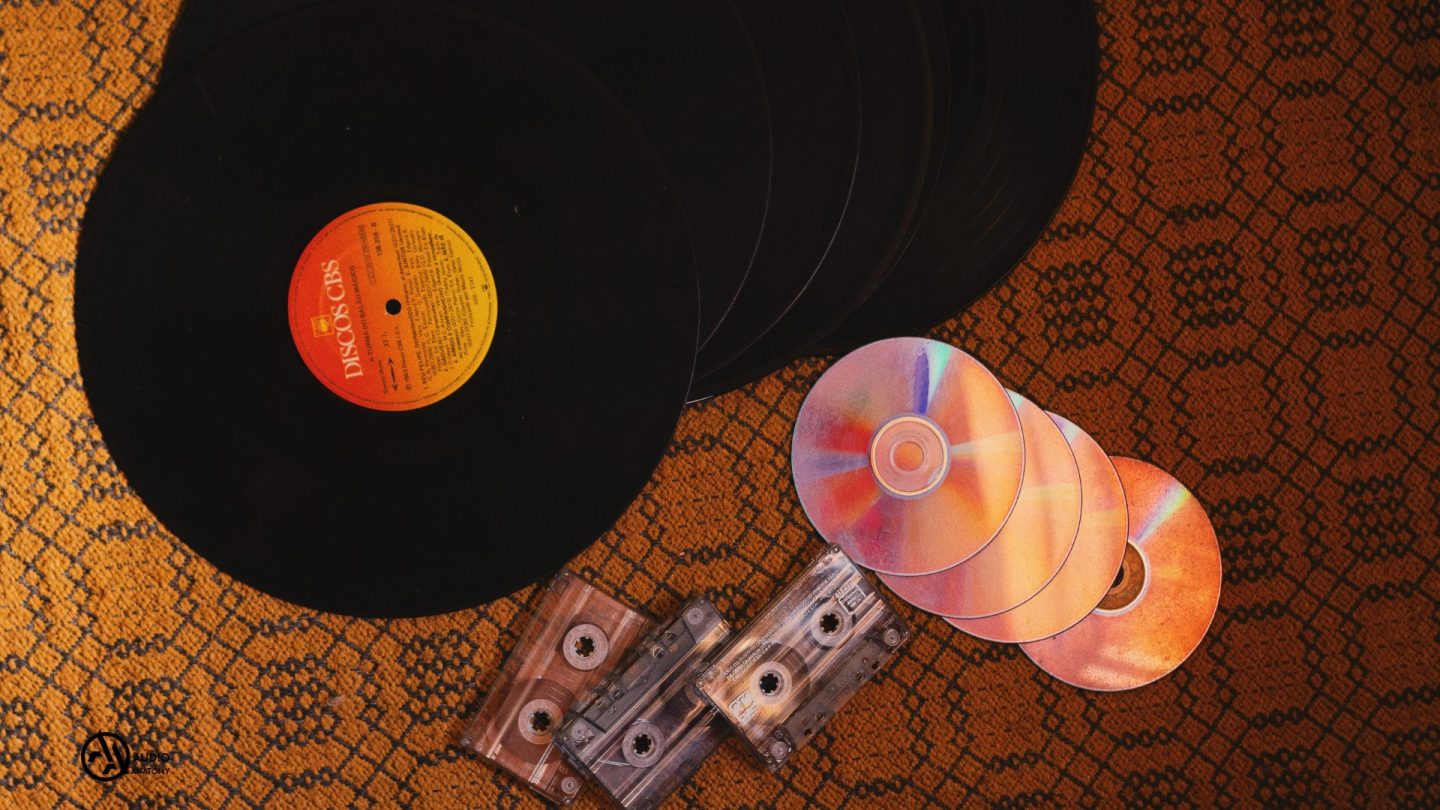
The more the better!
MP3 appeared in the early 90s and elevated the music experience to another level – followed by online streaming services once the internet was fast enough in private households. You can listen to multiple songs, create your playlists and not listen to “just” one disc. On the hand, music piracy rose, while on the other hand, streaming subscription costs got optimized to fit the majority’s budget. Discover more about the use of digital music players and how they work in this enlightening article. But is it the more, the better?
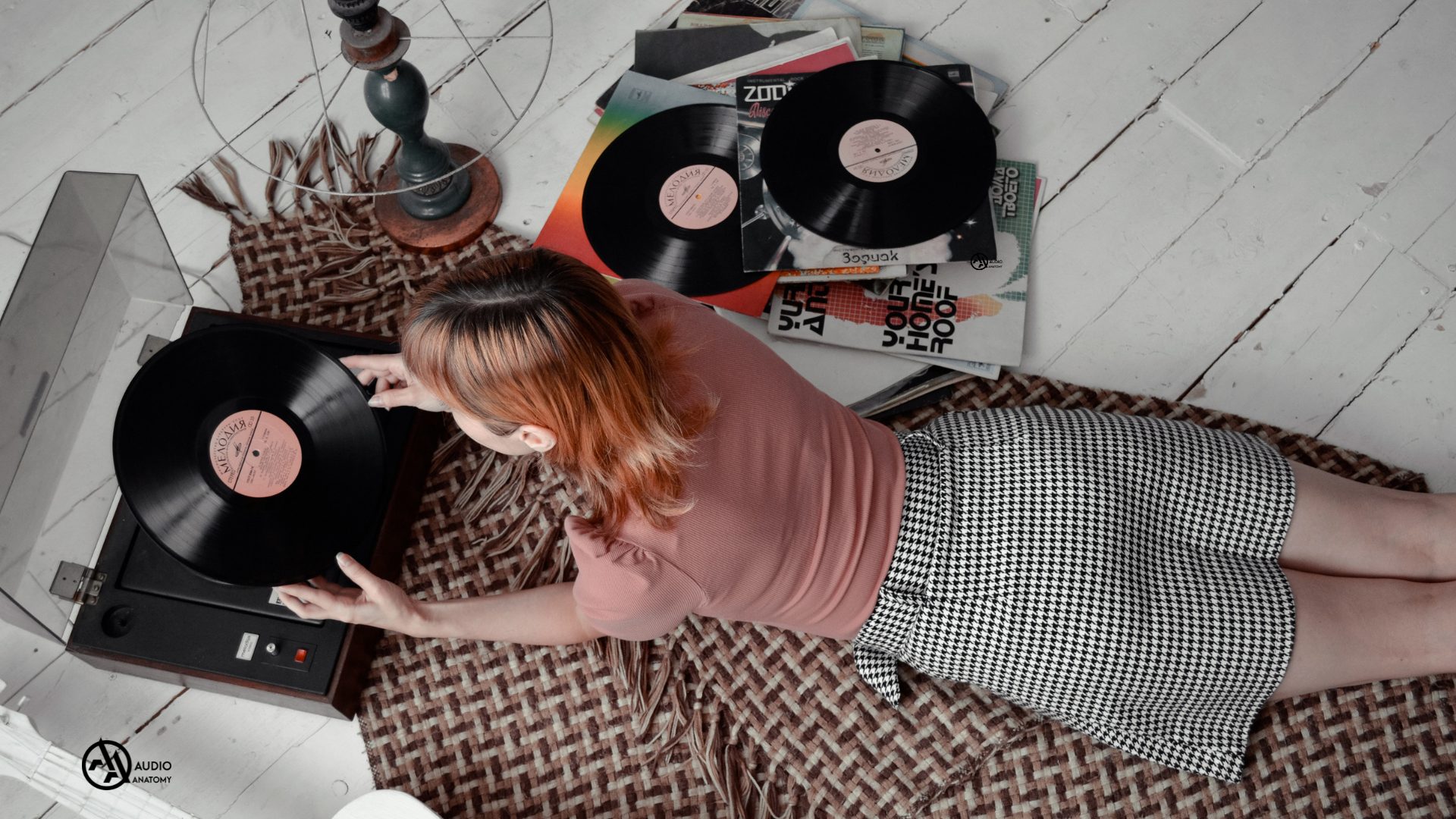
Setting the right tone
As in nature, the perks of vinyl records, lays on the eye of the beholder. We do not talk about the aesthetics of vinyl records, this is nonnegotiable. We, however, refer to the advantages of analog music. As also explained by Integraudio, analog sounds are more accurate than digital sounds because they capture exact signals. Imagine the analog sound as a continuous wave of harmonics, where pitch changes are difficult to recognize. Listening to a vinyl records is like entering the recording studio and having the most accurate sound representation possible.
So, where does the music industry stand nowadays? What is the fuss about vinyl records and the Gen Z era? Well, stay tuned and find out more about what makes vinyl records special in our next article.

